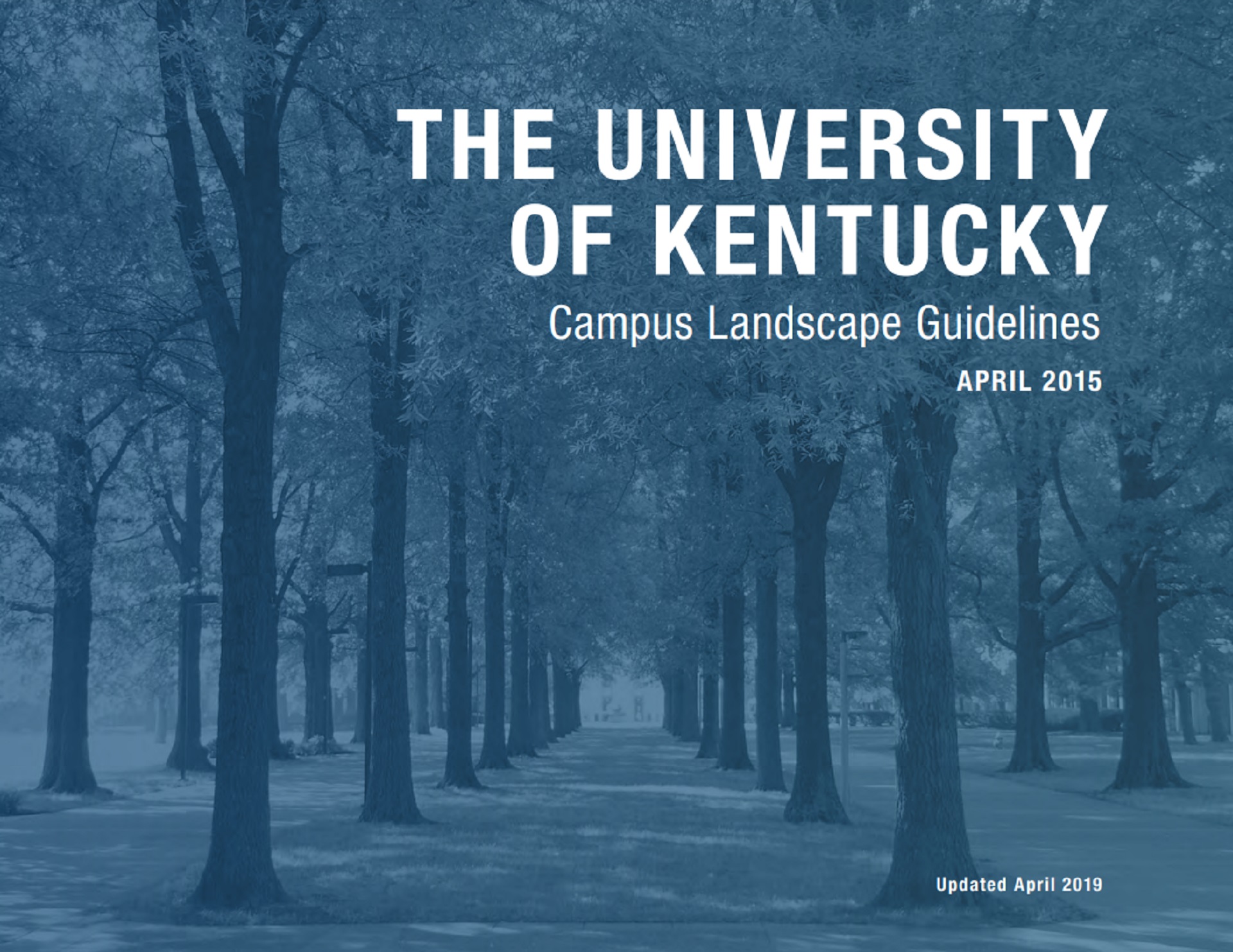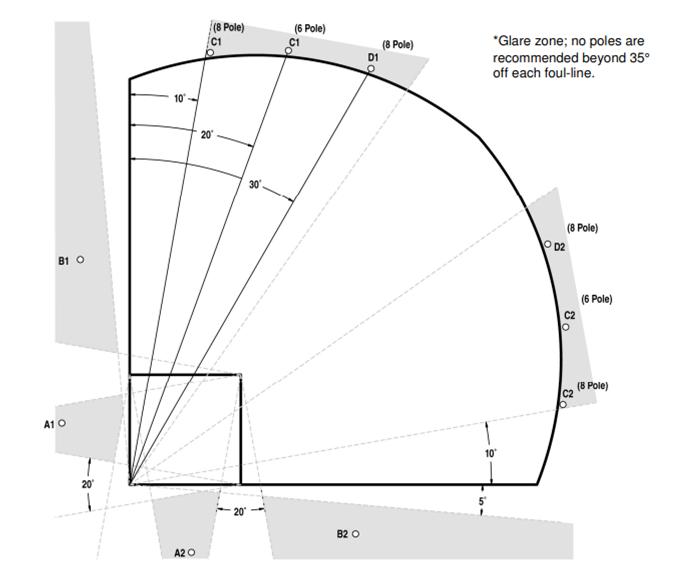Our interest lies in the built environment for higher education students seeking careers in the military. Many marquee colleges and universities are, at best, ambivalent about the presence of the military in their educational settlements. Alas, that is a discussion for another organization; not ours.
We list a few pros and five cons regarding how the National Institute of Building Sciences (NIBS) may support our primary mission this industry, based on its alignment with the National Clearinghouse for Educational Facilities (NCEF) and the National Center on School Infrastructure (NCSI).
Pros
-
Comprehensive Resource Hub via NCEF: NIBS manages the National Clearinghouse for Educational Facilities (NCEF), established by the U.S. Department of Education in 1997, which serves as a vital resource for school administrators, facility managers, designers, and researchers. It provides free access to news, events, data, and statistics on school facilities planning, design, funding, construction, and maintenance, enabling stakeholders to make informed decisions for safe, healthy, and high-performing educational environments.
-
Advocacy for Safe and Sustainable Schools: Through the National Center on School Infrastructure (NCSI), NIBS collaborates with partners to provide technical assistance and training to state and local educational agencies. This initiative focuses on improving public school infrastructure to ensure health, safety, sustainability, and equity, helping schools address challenges like aging facilities and climate resilience.
-
Development of Standards and Guidelines: NIBS develops criteria, guidelines, and best practices recognized by organizations like the American Institute of Architects (AIA) and the International Code Council (ICC). These resources can guide the construction and renovation of educational facilities to meet high-performance standards, ensuring durability, energy efficiency, and safety.
-
Promotion of Digital Transformation: NIBS supports initiatives like the U.S. National BIM Program, which promotes digital transformation in designing, constructing, and operating educational facilities. Building Information Modeling (BIM) can streamline project management, reduce costs, and improve facility maintenance in schools.
-
Stakeholder Collaboration: NIBS brings together experts from government, industry, labor, and academia to address challenges in the built environment. This collaborative approach fosters innovative solutions tailored to educational facilities, such as resilient design to mitigate natural hazards, which is critical for protecting students and staff.
Cons
- Dependence on Funding and Membership: NIBS relies on a mix of public and private financing, including membership dues and grants. Budget constraints or shifts in funding priorities could limit the resources available for educational facility-specific programs like NCEF or NCSI, reducing their effectiveness.
-
Complexity of Implementation: The technical standards and guidelines developed by NIBS, such as those for BIM or resilience, may be complex and require significant expertise to implement. Smaller school districts with limited resources or technical know-how may struggle to adopt these advanced practices.
-
Potential for Slow Consensus-Building: NIBS emphasizes collaboration and consensus among diverse stakeholders, which can be time-consuming. This process may delay the development or implementation of solutions critical for addressing urgent needs in educational facilities, such as rapid repairs for aging infrastructure.
-
Limited Public Awareness: Despite its contributions, NIBS may not be widely known among local school administrators or facility managers. This lack of awareness could hinder the adoption of its resources, such as NCEF’s database or NCSI’s technical assistance, limiting their impact on the educational facilities industry.
NIBS offers significant benefits to the educational facilities industry through its resources, technical assistance, and collaborative approach, particularly via programs like NCEF and NCSI. However, its broad focus, funding dependencies, and the complexity of its solutions may pose challenges for widespread adoption, especially in under-resourced school districts. For more information on NIBS’s initiatives, visit nibs.org or explore specific programs like the NCSI at ed.gov.
George Guszcza and John Hughes, Hemson Consulting, shared strategic insights at @ricsamericas NYU-RICS Americas Conference 2025. They explored how NYC, NY State, and the federal government drive infrastructure and economic growth amid political uncertainty. #buildinginnovation pic.twitter.com/HunsxRJ5lZ
— National Institute of Building Sciences (@bldgsciences) May 7, 2025
Comment (MAA): A snarky slide title that implies that current policy is working. Uncertain policy means the American people are asking for change given US Debt; some of it accelerated by partisans of a large government and its handmaidens in academia.





















